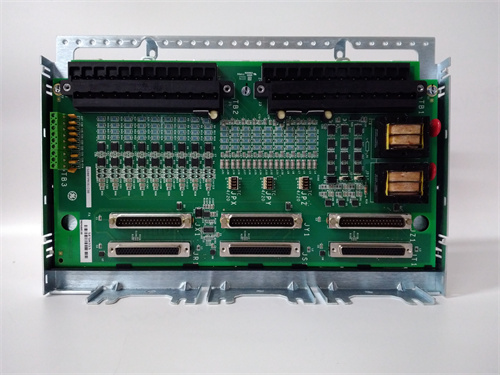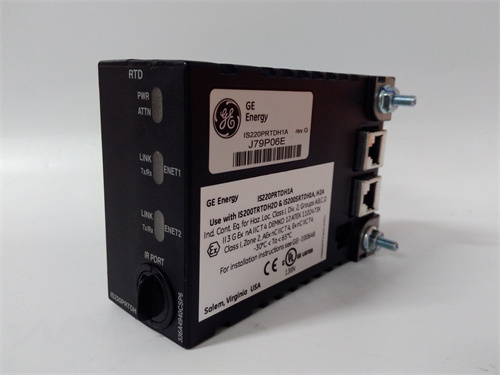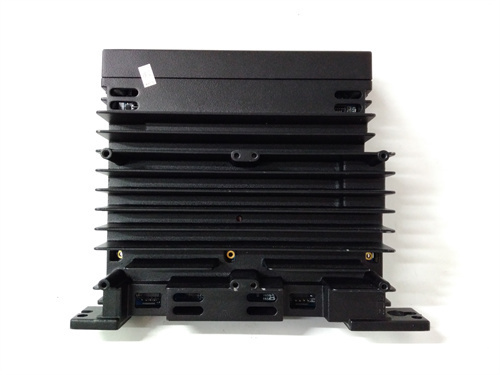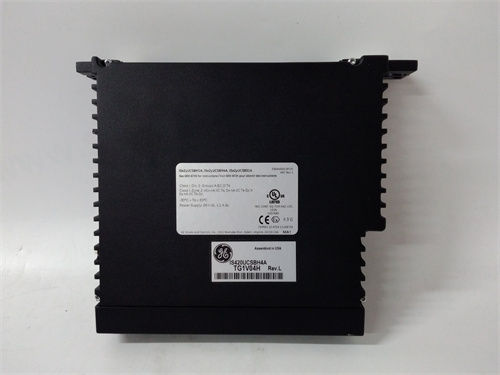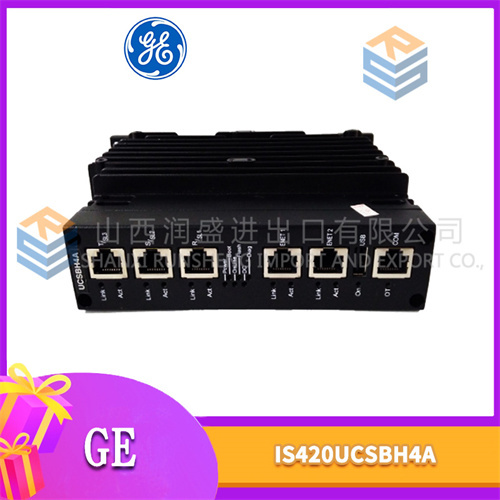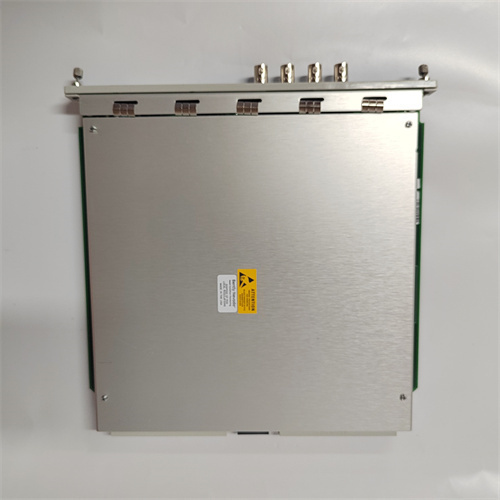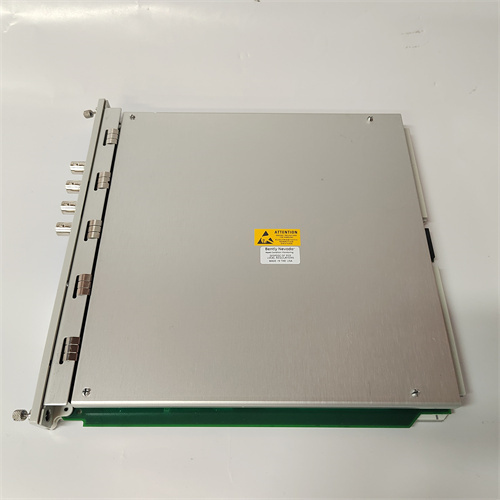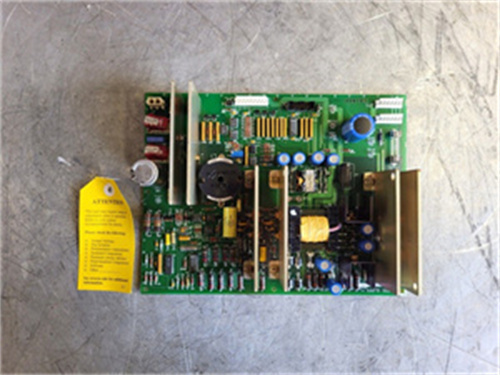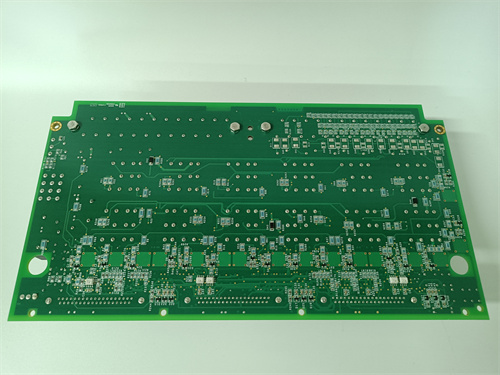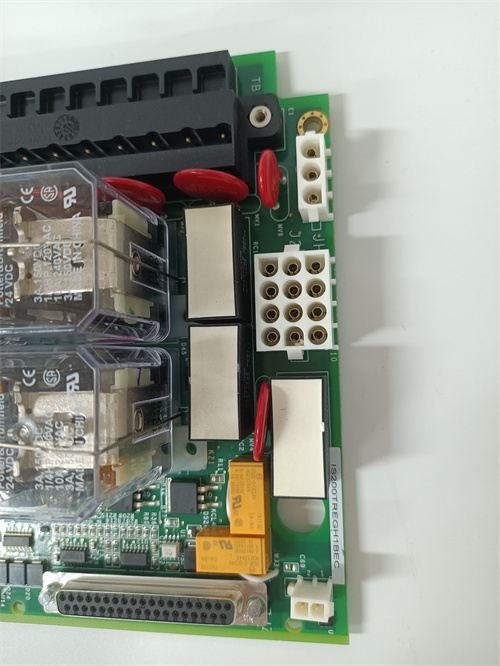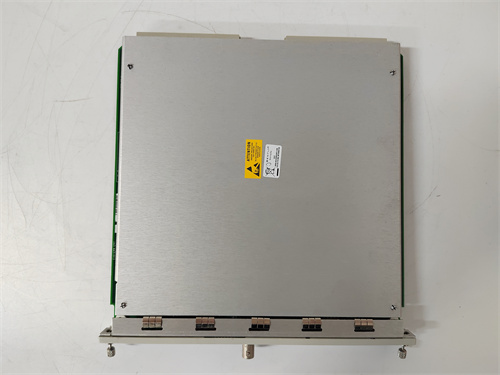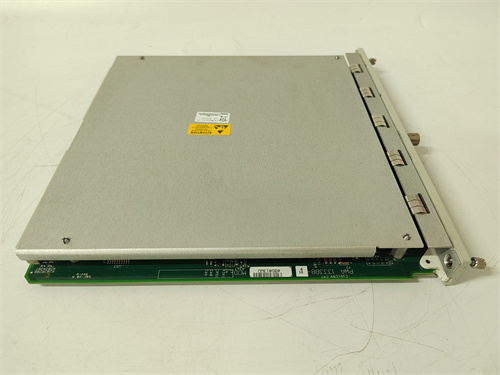IS200TPROS1CBB
¥3,124.003. Advantages and Features
- High – Precision Control: The IS200TPROS1CBB can control process variables with high precision. In a chemical reactor temperature control application, it was able to maintain the temperature within ±0.5°C of the setpoint, ensuring consistent chemical reactions and high – quality product output.
- Flexible Programming: It supports programming languages such as ladder logic, function block diagrams, and structured text. This flexibility allows engineers to design complex control algorithms according to the specific requirements of different industrial processes. For example, in a food processing plant, the module can be programmed to control the cooking time, temperature, and pressure of different food products.
- Reliability: The module is built with high – quality components and has a redundant power supply system. In a long – term test in an industrial environment with power fluctuations and electrical noise, the IS200TPROS1CBB maintained stable operation without any system failures.
- Communication Capabilities: It can communicate with other devices in the industrial network using multiple protocols. For example, it can exchange data with human – machine interfaces (HMIs) via Ethernet, allowing operators to monitor and control the industrial process remotely. It can also communicate with other PLCs or controllers for coordinated operation in a large – scale industrial system.
4. Application Areas and Application Cases
- Application Areas:
- Automotive Industry: For controlling the painting process, ensuring the uniform thickness and quality of the paint on car bodies.
- Water Treatment Industry: To regulate the water purification process, including controlling the dosage of chemicals, the flow rate of water, and the operation of filtration systems.
- Application Case: In an automotive painting plant, the IS200TPROS1CBB was installed to control the painting process. By accurately monitoring and adjusting parameters such as paint pressure, spray gun speed, and environmental temperature and humidity, the quality of the painted car bodies improved significantly. The defect rate of the painted surfaces decreased by [X]%, and the overall production efficiency increased by [X]% due to reduced rework.

